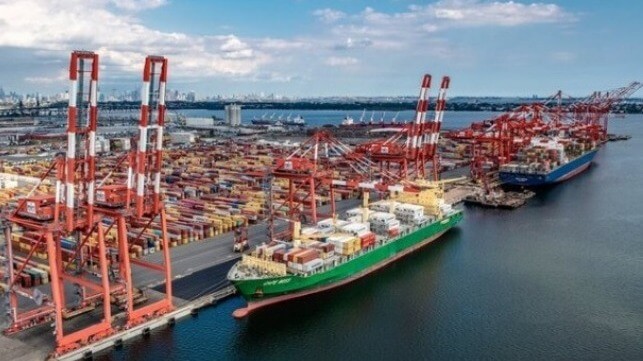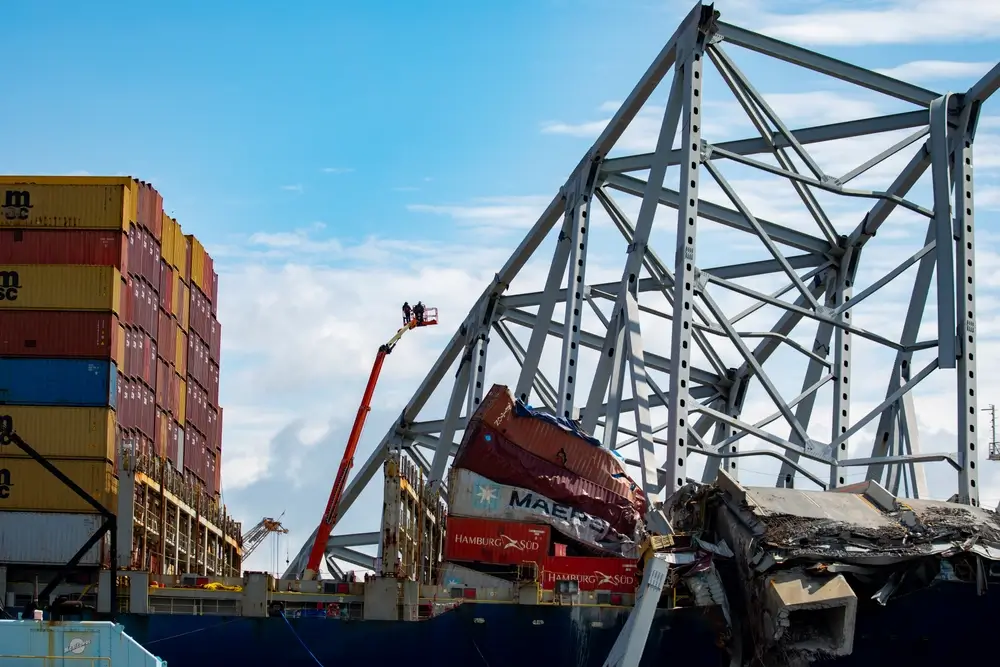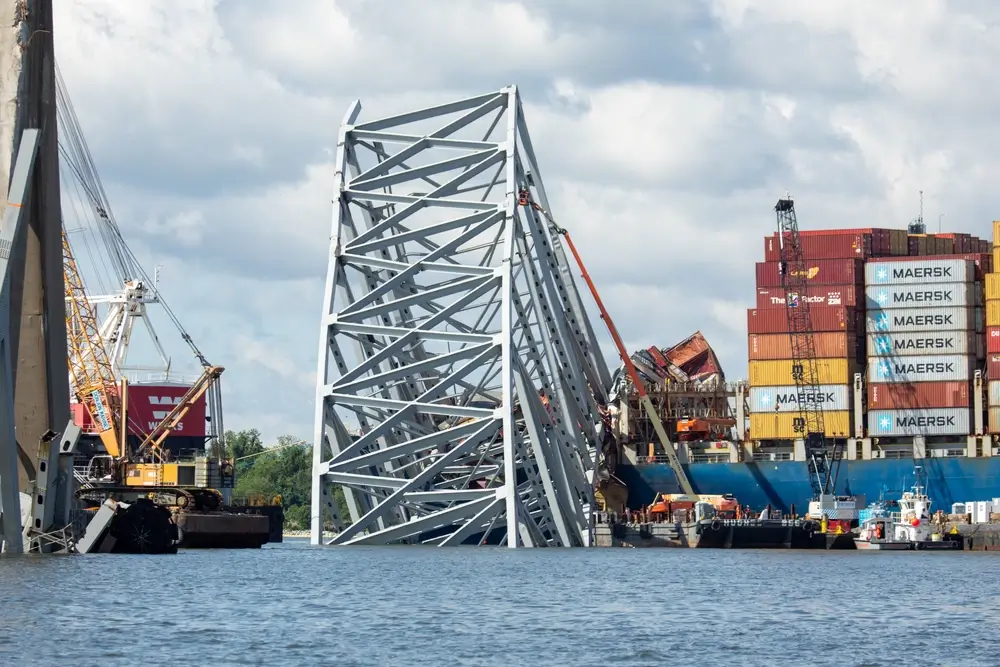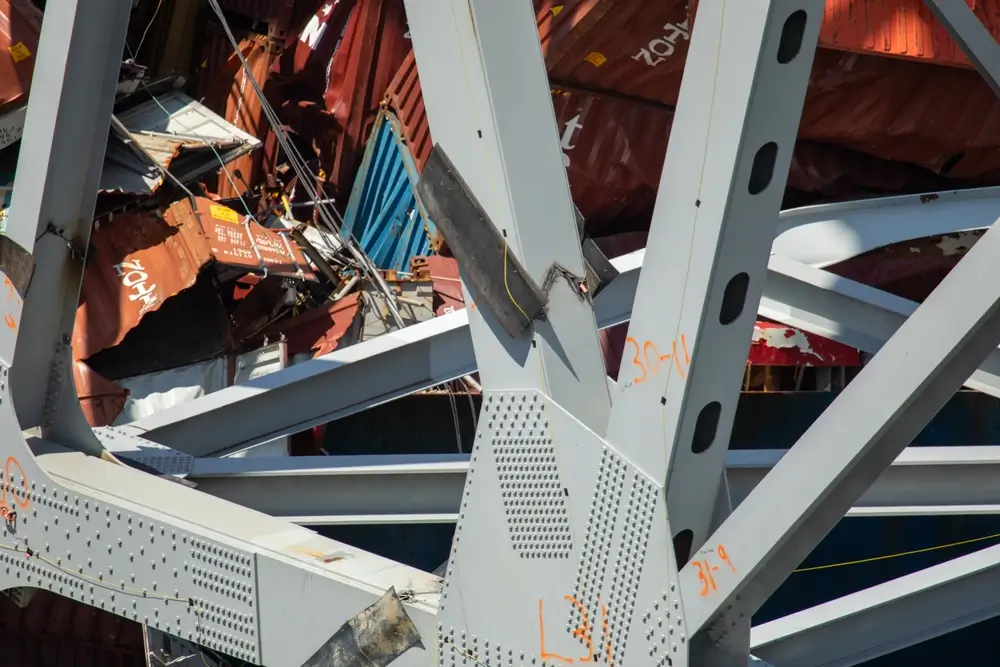Judge says construction on massive CN Rail hub can continue — for now
, The Canadian Press
CANADIAN NATL RAILWAY CO (CNR:CT)
REAL-TIME QUOTE. Prices update every five seconds for TSX-listed stocks
The Federal Court of Appeal says work on a massive rail-and-truck hub in the Greater Toronto Area can go ahead — for the time being, as the future of the facility remains in limbo.
In a stay of a lower court ruling that had halted construction, the judge allowed Canadian National Railway Co. to continue to build the terminal in Milton, Ont., pending appeal of the earlier decision.
The $250-million project aims to double CN's existing line of tracks in the area and construct a hub for containers to be transferred between semi trucks and freight cars.
Federal Appeal Court Justice George Locke said that while a halt to work would have no effect on CN’s long-term viability, any delay is "detrimental to the public interest."
"The harmful effects of construction emissions appear to be outweighed by the costs to CN of suspending its construction activities, and more importantly, the public interest in the completion of the project," the judge wrote earlier this month.
Final word on whether work can proceed will rest on a later ruling from the Federal Court of Appeal.
In March, a Federal Court decision set aside a green light issued by the federal government in January 2021 and sent the project back to Ottawa for reconsideration — a ruling that is now under review.
The lower court decision highlighted health concerns around air quality, pointing to the 800 diesel-powered trucks that would make daily round trips to the hub in Ontario’s Halton Region. Four freight trains hauled by locomotives that also run on diesel — the fuel contains toxic pollutants, the judgment noted — would also steam through the terminal each day.
CN stressed that the Greater Toronto and Hamilton Area (GTHA) comprises one of the fastest-growing regions in the country, upping the need for freight service.
"The Milton Logistics Hub is critical to handle the growing demand for household goods, consumer products and other necessities of day-to-day life. The hub will connect businesses in the GTHA directly with ports and markets, taking trucks off the road and powering local economic activity," said CN spokesman Jonathan Abecassis in an email.
The Montreal-based company also pointed out that federal authorization was subject to an extensive environmental review process, resulting in an approval that laid out 325 conditions to protect the community and the environment.
But prior to the government's thumbs-up, an expert review panel concluded that the rail facility would likely have a harmful environmental impact on "human health as it relates to air quality," Federal Court Judge Henry Brown said in his March ruling.
However, neither cabinet nor then-environment minister Jonathan Wilkinson considered or referred to that finding in their decisions — "inexplicably," Brown wrote.
The court case pits the federal government and CN Rail against Halton Region and its four municipalities as well as the Halton Region Conservation Authority.
"We are disappointed that the health of Milton and Halton residents was not made a priority," said Halton Region spokeswoman Holly Einboden of the latest ruling. She encouraged residents to contact legislators about their health concerns.
Milton Mayor Gordon Krantz said in a statement the terminal will cause "significant human health effects" to the 34,000 residents whose homes sit within a kilometre of the site.
"This project is unacceptable, and the health of our community should not be compromised for any business," he said.
This report by The Canadian Press was first published May 13, 2024.









